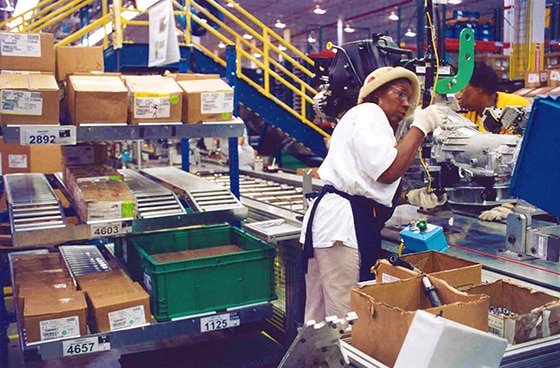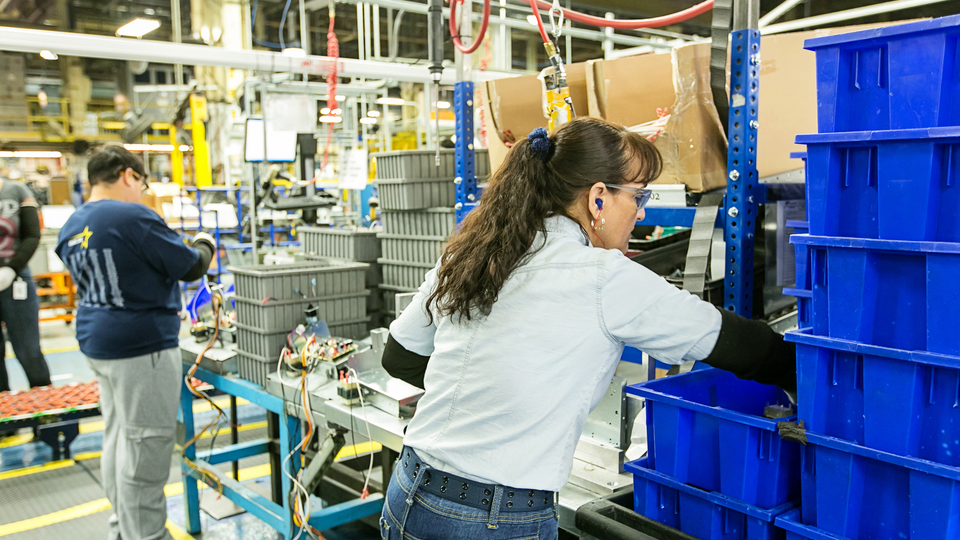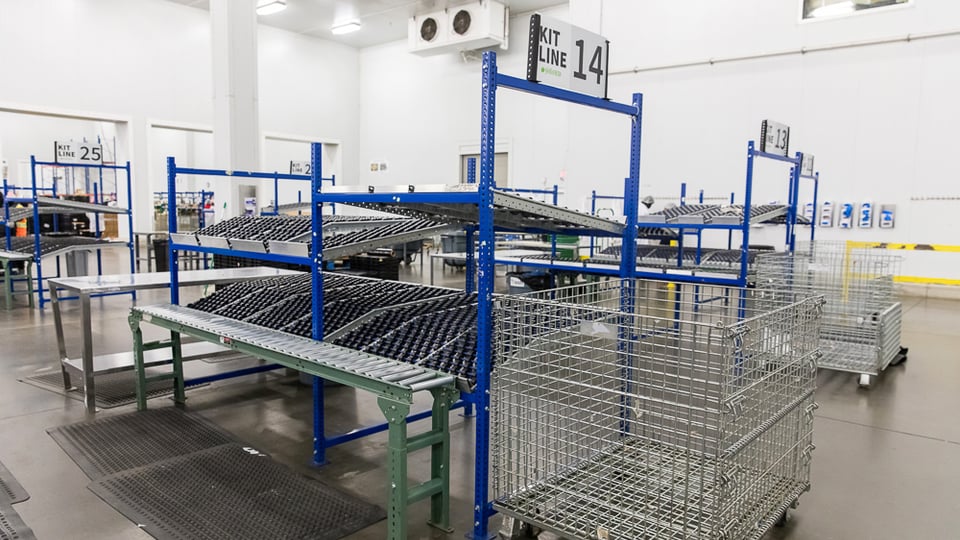Back to the Line
What do you picture when you imagine the manufacturing processes of a major automobile maker? You might close your eyes and see robotic arms drilling and lifting parts in an automated, choreographed dance. Therefore, it may surprise you to learn that this picture of manufacturing is, in fact, a thing of the past, as more and more auto makers turn to good old-fashioned man power to get their products off the assembly line.
The automotive industry has suffered some major setbacks in recent years- the 2009 recession saw car demand hit historic lows, as well as the beginnings of recalls numbering in the millions between GM and Toyota alone. This has forced companies to take a long hard look at their fabrication and assembly processes The trend that has resulted from this introspective period is one that seems counter-intuitive to our time: replacing machines and robots with human workers.

The mindset behind these changes is a simple one. Machines cannot evolve, and are unable to learn from their mistakes and refine their processes. Removing the human element from the manufacturing process reduces a manufacturer's ability to respond in real-time to specific challenges, and prohibits the company from fully embracing kaizen methods. In a modern, automated assembly process, human workers are relegated to pulling parts and summoning an engineer when a machine breaks down. This job removes the worker from the actual process of crafting an automobile, as it requires little or no understanding of the assembly process or the thought behind the arrangement of the process itself.
Turning back to manual labor presents many advantages. By giving workers a more active role in the manufacturing process, you encourage them to understand more than just their job on the line. Learning the ins and outs of making and assembling a part allows a worker to gain valuable insight into the process, and sharpens and develops their manual skills. As these skills are honed and refined, workers will be able to work more efficiently- both by themselves and with the machines with which they work. By giving workers more of a role in this process, you encourage your workforce to tackle the challenges their jobs present in unique and innovative ways, and opens opportunities to identify and implement improvements to the manufacturing process. Ultimately, the trend back towards manual labor aims to bring craftsmanship and kaizen methodology back to the assembly line.
Kaizen methods are a cornerstone for many UNEX products. Click here to find out how our products can be used to continuously improve your manual assembly operation- or visit us at booth 1429 at the SouthPack show to see it for yourself!


